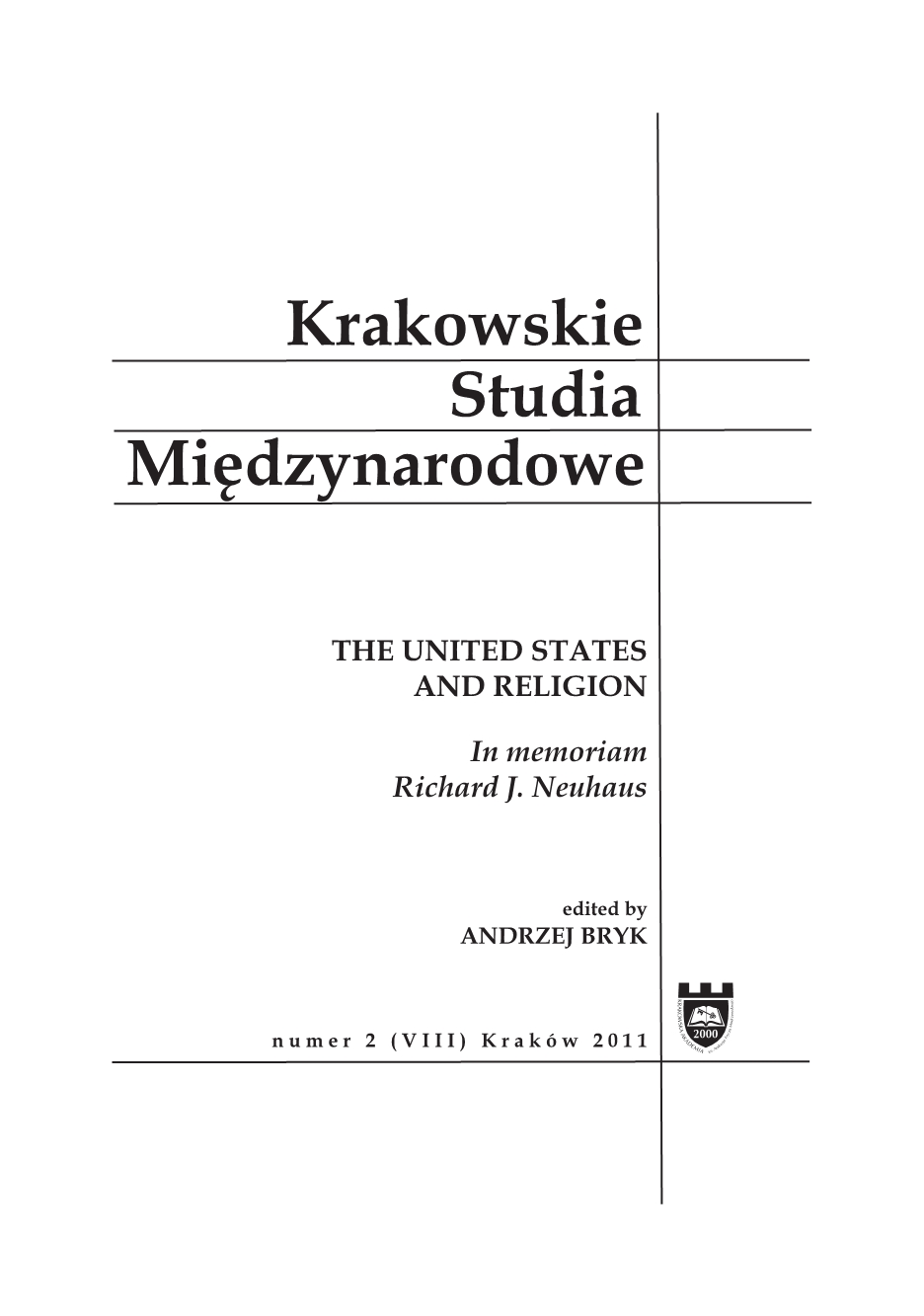
We kindly inform you that, as long as the subject affiliation of our 300.000+ articles is in progress, you might get unsufficient or no results on your third level or second level search. In this case, please broaden your search criteria.

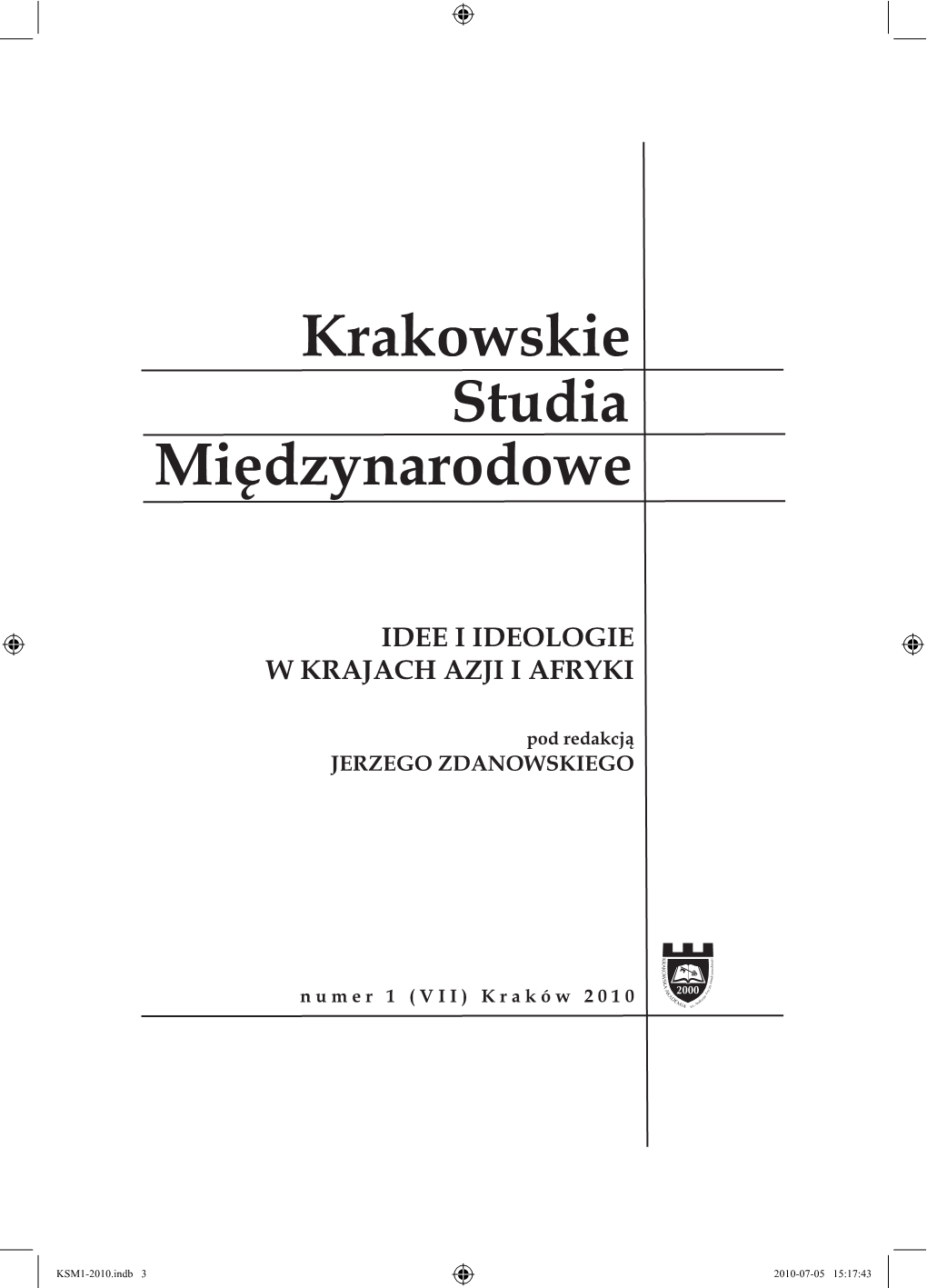
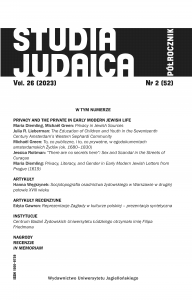
The article introduces key concepts related to research into the historical notions of privacy, provides a brief historiographical overview, and discusses methodological tools that allow the researcher to examine privacy in primary sources. The second part discusses examples of the Jewish lived experience in the early modern period that were not only shaped by Jewish legal discourses but by the specific living conditions of an ethno-religious minority. The article offers some suggestions as to how privacy could have been understood in early modern Jewish communities and how individuals may have negotiated it in regards to the concepts of home, intimacy, gender, and notions of secrecy.
More...
This article challenges the assumptions about what spaces were actually private in the late early modern colonial world. Centered on a case of adultery amongst the Sephardic Jewish community of Curaçao in the late eighteenth century, this piece looks at the entangled lives of enslaved people, Dutch colonial officials, free people of color, Protestants, Catholics, and Jews. Gossip, private information transition, and the architecture and town planning of Willemstad, Curaçao, are integral to this story of community norms, legal systems, and colonial spaces.
More...
How private were Jewish letters in the early modern period? This ar- ticle discusses Jewish epistolary culture and notions of privacy by examining an extraordinary cache of Jewish letters that were mostly written on a single day— 22 November 1619—in a single city, Prague, and sent to a single destination, Vienna. The letters never arrived and ended up in the archives where they were preserved for posterity. These letters allow us a glimpse into the lives of ordinary Jews in politically tumultuous times in which privacy and confidentiality could never be taken for granted. This article pays particular attention to gendered communication and privacy. It has been argued that in epistolary culture women are afforded a voice and speak for themselves. The evidence suggests that collab- orative forms of writing that involved more than one writer were still common in early seventeenth-century Jewish correspondence, indicating zones of “privileged confidentiality” within larger family networks.
More...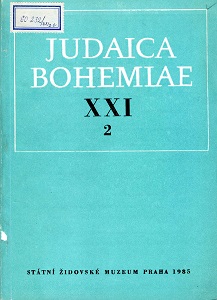
The article was published on the occasion of the 850th anniversary of the birth of Moshe ben Maïmon-Maimonides (1135—1204), the greatest medieval Jewish scholar. The author discusses the influence of Maimonides’ works on the spiritual development of the Prague Jewish community and mentions papers on Maimonides published in Prague as well as the influence of his philosophy on Prague scholars of the Enlightenment period.
More...
Shemuel Shmelke Horovits was the chief representative of Hasidism in Moravia. In 1772 he became rabbi at Mikulov (Nikolsburg) and later on Moravian provincial rabbi. The paper deals with his life, works and Hasidic teachings. It contains numerous quotations from Hasidic literature concerning Shemuel Shmelke Horovits.
More...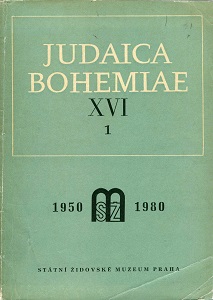
Some basic information about Shelomo Molkho’s banner and garment also owned by the State Jewish Museum.
More...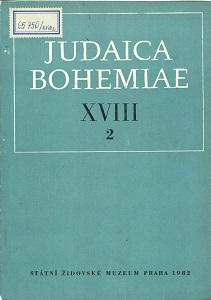
The contribution by professor A. Scheiber from Budapest is devoted to the scholar Joseph Frühauf (1796-1841) and his work.
More...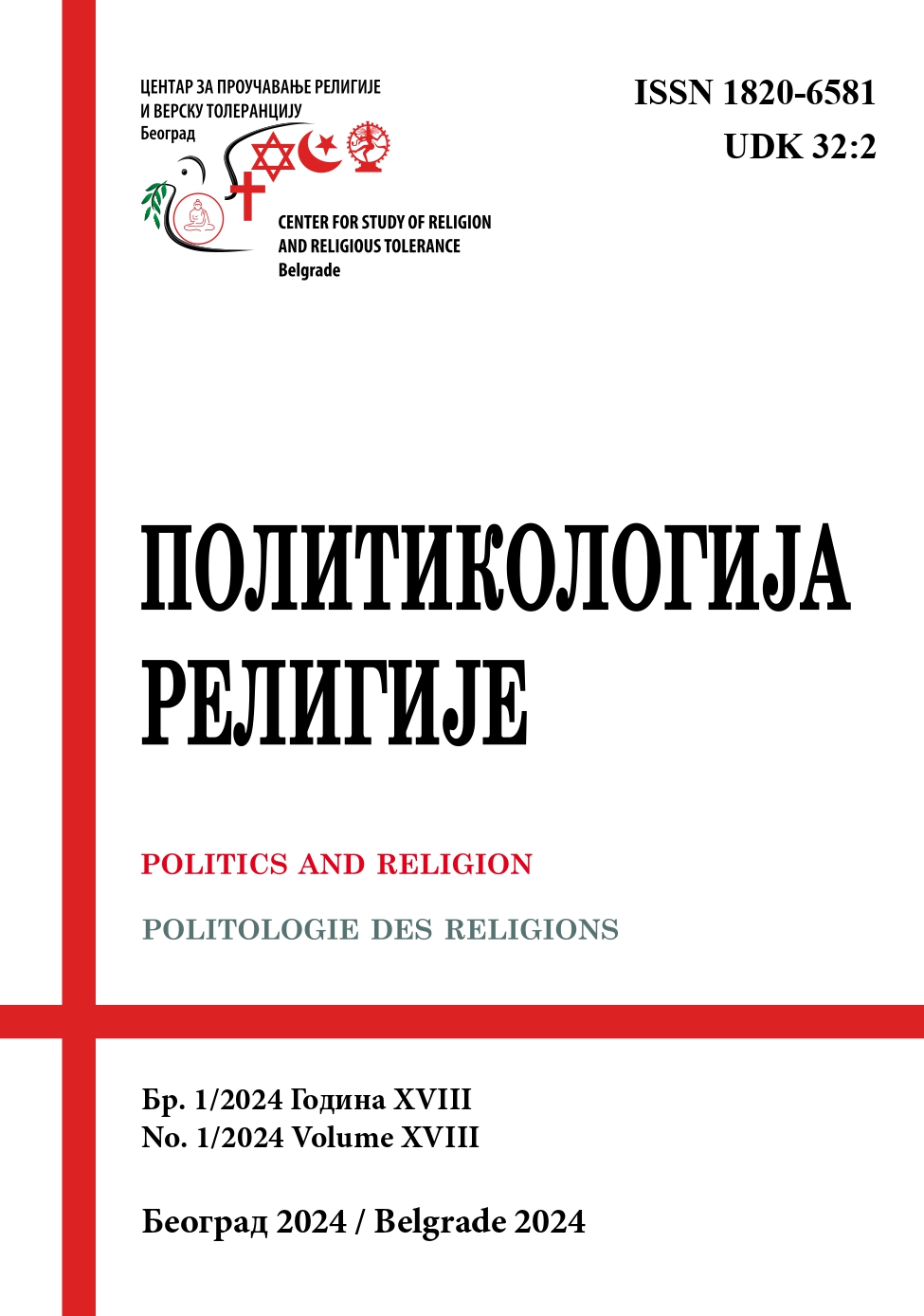
The Zionist perception of the Jewish people as a nation caused the Ultra-orthodox discourse split in the 1930s into two main positions. One taking a passive but reluctant stance, which held an indifferent non-Zionist position. And the second, a strong anti-Zionism perspective that established an uncompromising theological conception that saw Zionism no less as an act of Satan. With the establishment of the State of Israel, the ultra-Orthodox leadership was forced to decide how to conduct politicly in the “Jewish state”. two main positions shaped the discourse. one by Rabbi Avraham Yeshayahu Karelitz, (Chazon Ish), that proposed a pragmatic approach holding utilitarian nature. And the other that demanded severe separatism and presented an alienating and hostile attitude to the very idea that the ultra-Orthodox leadership would take part in the Israeli political game, by led Rabbi Yoel Moshe Teitelbaum of Satmar. By examining the ideological, theological and halakhic origins of each of the approaches, this article seeks to show that the position held by the Satmar Rebbe in the context of the question of the character of the Jewish people, has a common and surprising ideological basis between Zionism and the serve ultra-Orthodox position, who sees the Jewish people as a nation. While the pragmatic view considered the Jewish people as a religious community, therefore treats the Jewish state only as a hollow political tool, what enabled political flexibility, which largely reminded the political conduct of the Agudat Israel in Eastern Europe between two world wars.
More...
In recent decades two major approaches sought to explain the intersection of Mizrahi ethnicity and citizenship in Israel. Since the early 1990s, Yoav Peled’s Multiple Citizenship paradigm has become dominant in explaining the differential, hierarchical and fragmented incorporation regime. Accordingly, affiliation to Jewish religion was part of an ethno-national discourse of citizenship which confined Mizrahim (Jews emanating from Muslim countries) to be trapped between the hegemonic Ashkenazim (Jews of European descent) and the Palestinian citizens. Recently, a counter explanation was offered, based on the interpretive repertoires that shape the political behavior of Ashkenazim and Mizrahim. Contrary to the liberal presuppositions of the Multiple Citizenship paradigm, this explanation places greater emphasis on cultural rather than material factors shaping political behaviours and even broader worldviews, while identifying each ethnic group with opposing cultural repertoires. By proposing the idea of “ethnic thinking” this article focuses on the entanglements of religiosity in Mizrahi politics in two case studies – the Mizrahi Democratic Rainbow (the Keshet) and New Mizrahim. Rejecting the tendency to identify Mizrahim as predisposed to traditionalism, this article challenges both approaches that arguably fail to account for the performative aspects of Mizrahi citizenship.
More...
Israeli scholarship has noted the prominence of hawkish and ultranationalist views among the Shas electorate, as well as the structural and historical conditions responsible for them. Attention has not, however, been paid to the contexts and the ways in which Mizrahi-Haredi discourse processes these views in its encounter with this population. The present article looks at one of the main components of the relationship between Shas and its supporters in Israel’s social periphery – the teshuva movement. Fieldwork on the discourse of local teshuva preachers shows that they have used the ultranationalist message to illustrate the importance of adhering to Jewish religious tradition and relying on its rabbinical authorities. A complex and fluid version of religious ultranationalism was detected as well, one that demands communal separation but is not, however, averse to cultural interaction between Jews and Arabs.
More...
This article discusses the recent political alliance between IC and the “Hardal” (acronym for Haredi-Dati-Leumi, meaning Ultra-Orthodox-Religious-Zionists) followers of Rabbi Zvi Thau. This new cooperation is surprising, due to Thau’s tendency to criticize groups that do not adhere to his strict interpretation of Judaism. In this article we analyze the recent developments within Thau’s circle, and determine that this cooperation is a consequence of a unique interpretation of a spiritual state of emergency. We conclude by analyzing the circumstances in which IC was formed, as a lesson religious Zionists took from the 2005 disengagement from Gaza plan. The article demonstrates that IC intentionally intended to enable the creation of this sort of political alliance.
More...
The religious conversion process is a significant expression of an individual’s intention to gain a new religious identity and be included in a particular religious community. Those who wish to join the Jewish people undergo giyur (conversion), which includes observing rituals and religious practices. While previous research on Jewish conversions in Israel focused on the experiences of persons who converted under Orthodox auspices, this study analyzes the experiences of female immigrants from the former Soviet Union (FSU) and the Philippines who chose to convert through the Reform Movement in Israel. Based on qualitative research, we discovered that the non-Orthodox process, which is based on liberal values, not only grants converts under the aegis of Reform entry to the Jewish people, but promotes their affiliation with the Reform Movement and advances their acculturation into Jewish Israeli society. Their choice is a political decision, an act of resistance against an Orthodox Israeli religious monopoly, and an expression of spiritual motivations. The converts become social agents who strengthen the Reform Movement’s socio-political position in Israel, where it struggles against discrimination. Furthermore, since most converts are women, new intersections between religion, gender, and nationality are exposed.
More...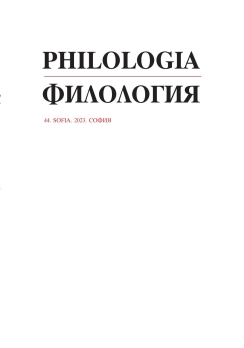
This article outlines salient features of the primordial humans as portrayed in the Book of Genesis: their creation, their nature and the qualities with which they are endowed, their relation to God and the created universe, as well as their vocation and des- tiny. In our compass are not only the figures of Adam and Eve, but also that of Noah who, while echoing Adam, represents yet another type of the father of humankind. In Sections I–IV the Biblical accounts are analysed against the background of ancient Mesopotamian and Egyptian sources, while Section IV.I explores the localisation of the beginnings of the post-diluvian humanity on the Biblical map of the world. In Section v, a special attention is paid to the connections between the humans, the plants and the animals, before and after the flood. The focus of Section vI is on the representation of the primæval humans in Jewish and Christian para-Biblical literature. Section vII is dedicated to the reception of the Biblical tradition of human origins in the New Testament and its elaboration in early Patristic texts, apocryphal writings and figurative sources. Our investigation highlights the persistence of royal imagery in textual and figurative portrayals of Adam.
More...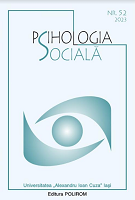
Review of: Nelly Wolf, Le Juif imaginé. D’Elsa Triolet à Romain Gary, CNRS Éditions, Paris, 2023, 400 pp.
More...
In Jewish Shabbat, holiday, and daily liturgy “thank you” and “may you be blessed” appear next to each other and essentially express the same. Gratitude, blessing, and adoration are articulated in one breath. Blessings praise the Creator for the origin of the world together with all its elements, from the cosmos to the slightest plant. Even mundane details deserve to be appreciated. Here is my favourite example from a morning prayer: “Blessed […] who gives the rooster understanding to distinguish between day and night”. Just like in Grajmy Panu (Let Us Play for the Lord), a song by Agnieszka Osiecka: “Oh, You, who is watching the poor houses of snails / and the great mountains of both Americas […] Thank You for giving us the time”. Words oreseen by the ritual are reflected in ritual art: the decoration of objects made of silver, fabrics, verses painted on the walls and vault of synagogues. I follow this trail in my cut-out collages inspired by the heritage of the old Jewish cut-out and more widely – by visual tradition, in which the word and the image merge and intertwine, and the letter is used as plastic arts matter. This phenomenon is illustrated by presented works containing thanksgiving blessings alive in liturgy.
More...
The documented history of Jews in the Balkans can be traced back to the early Middle Ages and has been studied by researchers from diverse perspectives. Undoubtedly, it is a vibrant, dynamic and tumultuous story, set at the crossroads of multiple intersecting cultures and social groups. Although the Second World War profoundly impacted the Jewish world, it did not bring about its end.
More...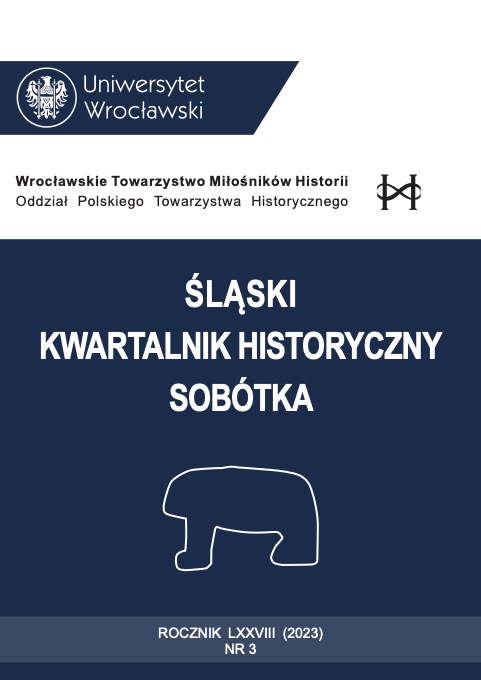
The activity of the Jewish leaseholders should be considered as the one of the most important elements enabling the proper functioning of the Sieniawski-Czartoryski estates. The intensified activity of the representatives of the Jewish faith had also a significant impact on the shape of their relations with non-Jews, including other leaseholders. The trial records remain a direct evidence of described state of affairs.
More...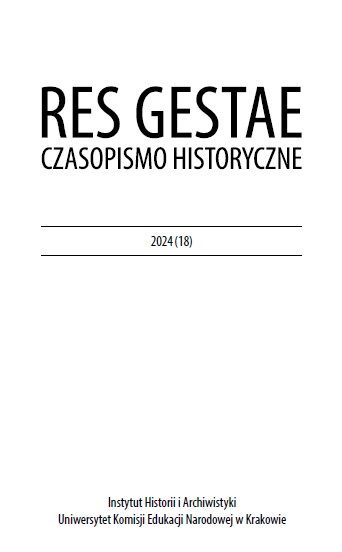
Keeping the text of the Jewish Holy Scriptures intact is a goal that has accompanied many gene rations of adherents of Judaism. The conviction that the biblical text is the Word of God obliged to a scrupulous care for faithful transmission. Jewish scholars called Masoretes developed a system of accents and vowels for the texts of the Hebrew Bible. Their mission also included ensuring that nothing was altered in the transcription of the sacred texts. The statistics they included at the end of the books and the marginal notes became a safeguard for the message. The results of their work are an invaluable contribution to biblical and cultural studies.
More...